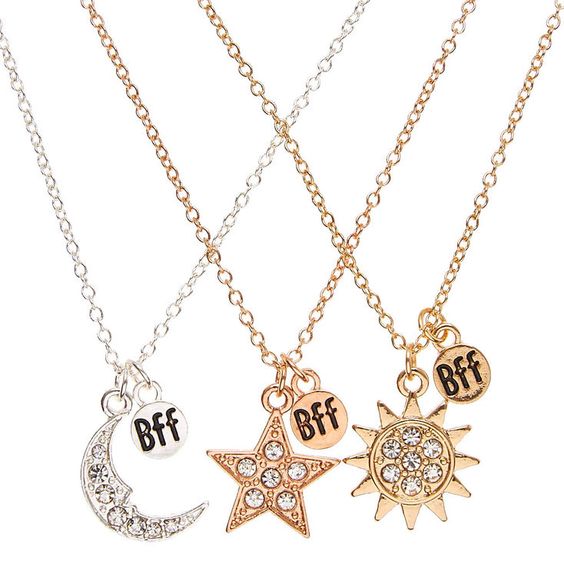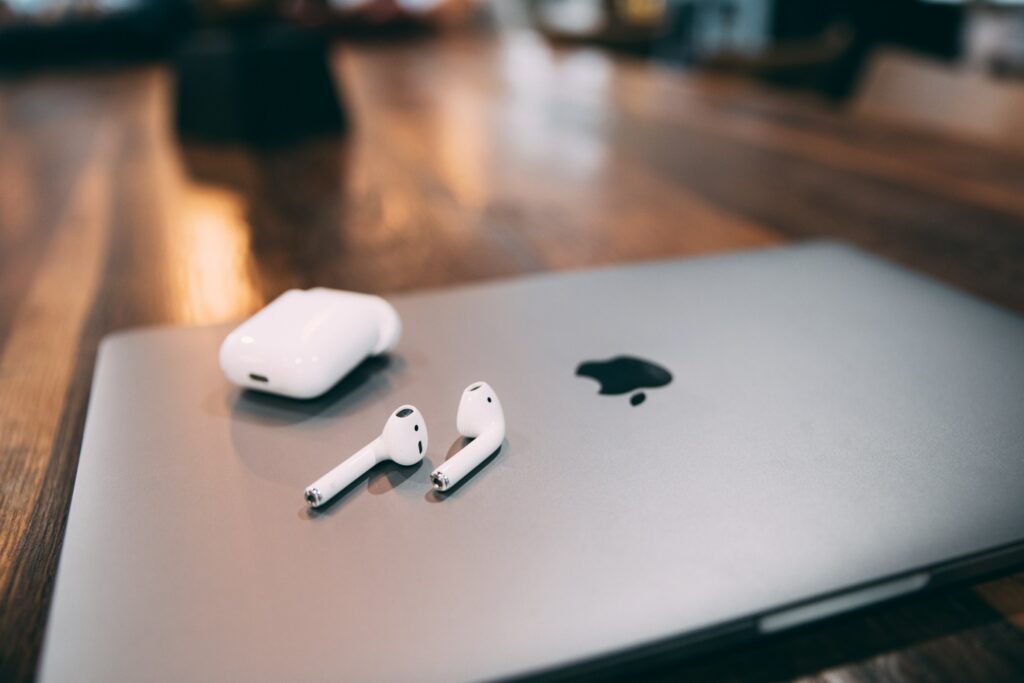Expanding product life cycles by Joyful Design
As a consequence of our throwaway society products often get discarded even if they are still fully working. Joyful Design may be a practice to counteract by stimulating a more enduring product-owner relationship.
A study of Dept. of Ind. Des. Faculty of Industrial Design Engineering, Delft University of Technology, Delft, NL. and Dept. of Prod. Innov. Mang. Faculty of Industrial Design Engineering, Delft University of Technology, Delft, NL analyzed the possibility of expanding product life cycles by design. [1]
One of the most important attributes of product attachment was found to be symbolic meaning. This important insight served as the base for the research, which focuses specifically on happiness-related symbolic meaning. It is simples as that: “If a product symbolizes aspects of a person’s happiness, he/she is more likely to keep it, because losing the product implies that the strong symbolic meaning and thus the ‘happiness trigger’ is lost.” (Csikszentmihalyi & Rochberg-Halton, 1981; Belk, 1988) [2]. Therefore, the study was based on a framework with six types of symbolic product meanings (based on Ryff’s (1989) model of psychological well-being) [3]: positive relations with others, personal growth, purpose in life, environmental mastery, autonomy, and self- acceptance. Those directions should act as a source of inspiration for designing long-term meaningful product-owner relationships by creating relevance and value for users.
1) symbolic meaning of positive relations with others
possessions that represent meaningful affiliations which provide a sense of belongingness
— support meaningful affiliations
example: facilitating the practice of specific belongingness activities
— embody characteristics of a group
example: using unique characteristics of users
2) symbolic meaning of personal growth
possessions that symbolize transitions, acceptance of past experiences, and continued self-development
— support active personal development
example: providing a platform for active reflection on lessons learned and future expectations
— embody personal growth
example: provide an adaptable design that can accommodate physical and psychological change
— support acceptance and growth from past experiences
—enhance memories
example: offering a positive context or activity to reflect on memories
3) symbolic meaning of purpose in life
possessions that symbolize the individual’s goals and aspirations in life
—encourage positive change
example: providing a external trigger that suggests beneficial activities or behaviours
—provide a sense of control
example: allowing users to manage progress towards personally significant goals, or to eliminate or mitigate obstacles that threaten their fulfilment
—keep track of progress
example: providing visual feedback to keep track of progress towards personally significant goals
4) symbolic meaning of environmental mastery
possessions that symbolize the individual’s ability to master his/her context and build beneficial networks
—improve multi-sensorial communication
example: Improving communication mediums by translating a message into a sensorial experience, for example by simulating intimate physical behaviours
—provide a context for meaningful interaction
example: Facilitating interaction by making use of the context, or props as an advantage
5) symbolic meaning of autonomy
possessions that symbolize particular ways of living and life choices
—destigmatize
example: Focusing on and enhancing the aesthetic qualities of physically enabling products
—Design for mindfulness
example: Slowing down processes or disclosing the mechanisms behind how products work to promote a mindful living
—redirect the user’s attention
example: Designing a product that actively requires attention from the user to mitigate or distract from negative situations
6) the symbolic meaning of self-acceptance
possessions that symbolize the positive aspects of the individual, promoting a positive self-image
—allow shared transformation
example: Providing tools for user input at aesthetic and functional level, in a permanent or temporary way.
—allow self-expression
example: Providing a tangible platform to wear, share, or display aspects of identity, personally significant ideas, principles, relationships, etc.

symbolic meaning of positive relations 
symbolic meaning of personal growth 
symbolic meaning of purpose in life 
symbolic meaning of environmental mastery 
symbolic meaning of autonomy 
symbolic meaning of self-acceptance
Several publications on the topic of emotional durability have explored the role of symbolic meaning in fostering durable user-product relationships (e.g., Chapman, 2005; van Nes & Cramer, 2005) [4]. While offering an important and novel perspective on durability, these explorations have not yet resulted in practical directions that support designers in their attempts to design emotionally durable products. The set of design directions is rather intended as exploratory than normative, ideally offering inspiration by displaying a diversity of opportunities to design with symbolic meaning.
However according to the study a product’s inability to respond to the user’s evolving aspirations (e.g., for technological or aesthetical upgradability) can promote premature discarding, but ultimately, the ending of a product’s life is a consumer decision. The challenge resides, therefore, in designing products that support durable user-product relationships (van Nes, 2010) [5] by focusing on durability of meaning and value (Chapman, 2005).
Sources:
[1]Extending product life by introducing symbolic meaning: an exploration of design strategies to support subjective well-being. URL: https://www.researchgate.net/publication/281119272_Extending_product_life_by_introducing_symbolic_meaning_an_exploration_of_design_strategies_to_support_subjective_well-being?enrichId=rgreq-33f579a37ee576710a6f476dd27eeece-XXX&enrichSource=Y292ZXJQYWdlOzI4MTExOTI3MjtBUzoyNjQ5MjM2MjQyNDMyMDJAMTQ0MDE3NDEyMjYyMA==&el=1_x_3&_esc=publicationCoverPdf
[2] Csikszentmihalyi, M. (1990). Flow: The psychology of optimal experience. New York: Harper and Row.
[3] Ryff, C. (1989). Beyond Ponce de Leon: New directions in quest of successful ageing. International Journal of Behavioral Development, 12(1), 35-55.
[4] Chapman, J. (2005). Emotionally durable design: Objects, experiences and empathy. London: Earthscan.
[5] van Nes, N. (2010). Understanding replacement behaviour and exploring design solutions, In T. Cooper (ed.), Longer lasting products. Surry: Gower Publishing.